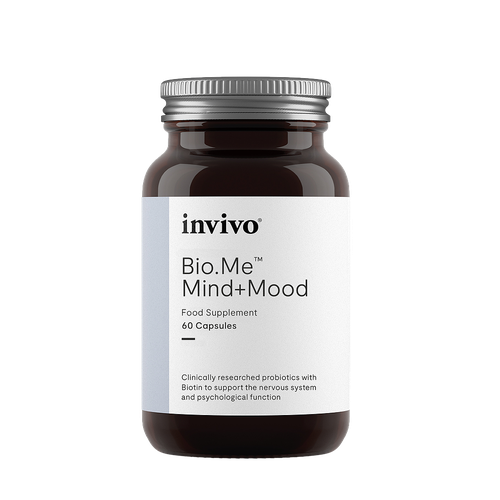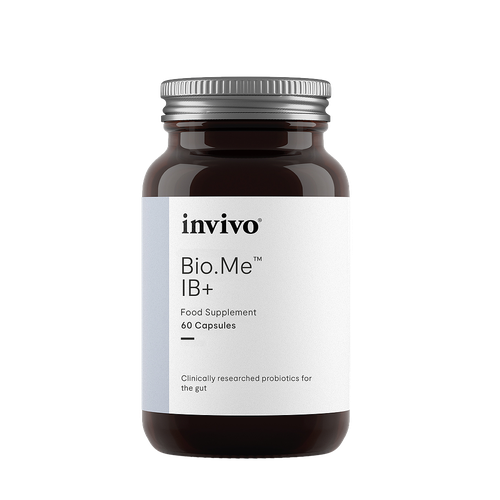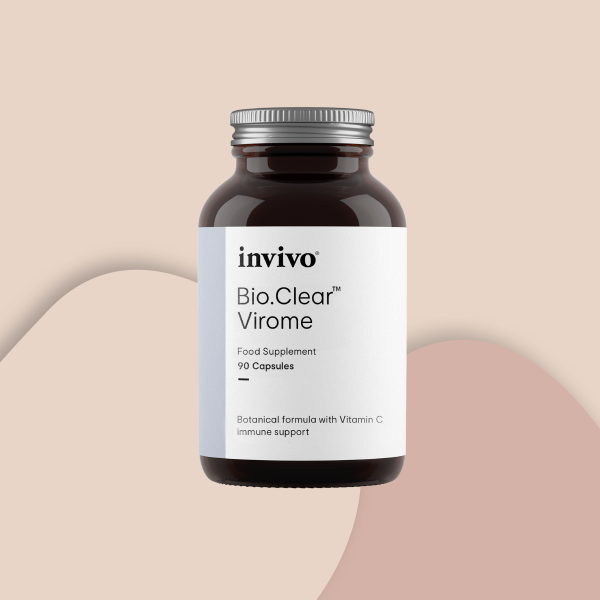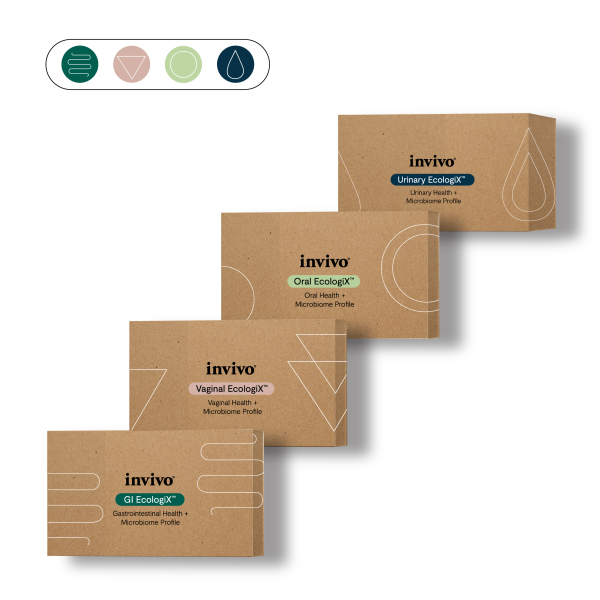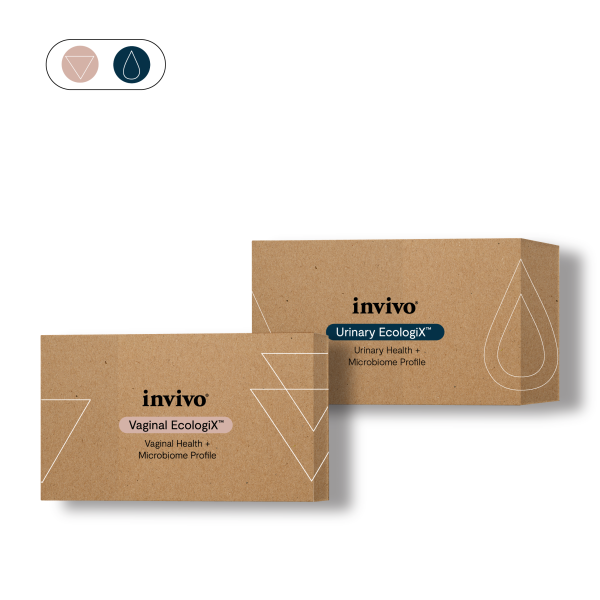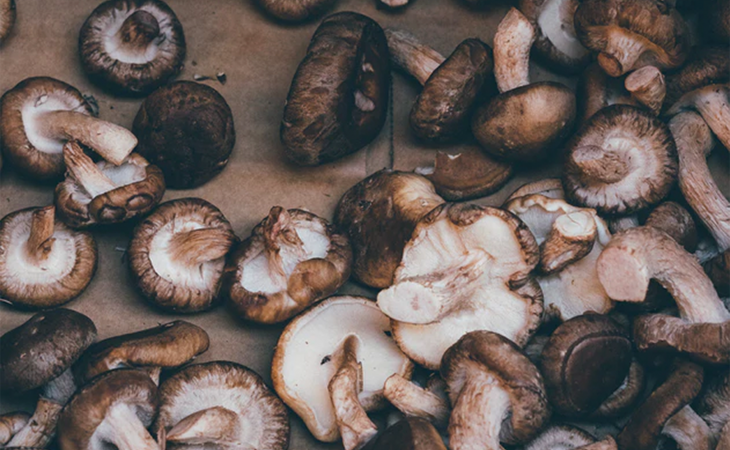Hericium erinaceus
H. erinaceus contains bioactive components with described anti-inflammatory and anti-bacterial activity, cytotoxic effect on cancer cells and compounds that stimulate the synthesis of nerve growth factor (NGF), sustain the myelination process and improve cognitive functions (1). Hence, it has been referred to as ‘nature’s nutrient for the neurons’ (2).
A double-blind, parallel-group, placebo-controlled trial showed significantly increased scores on the cognitive function scale, compared with placebo (p<0.001) in women diagnosed with mild cognitive impairment at week 8, 12 and 16 of supplementation (3).
In an ethanol-induced ulcer rodent study, pre-protocol with H. erinaceus extract increased mucus production in a dose-dependent manner up to 1.49-fold higher (p<0.05) than that of the ulcer control group, and significantly decreased the ulcer (p<0.05) in a dose-dependent manner when compared to ulcer control. The ulcer area was also significantly (p<0.05) reduced (4).
A recent (un-published) study provides early evidence for H. erinaceus as an anti-inflammatory agent in gastrointestinal disease. 56 subjects with elevated calprotectin (>50ug/g) and gastrointestinal discomfort were supplemented over 2 months (2g/d). After 2 months, an average improvement of faecal calprotectin scores was measured in the following disease groups: Chron’s 74.8%; Ulcerative Colitis 74.5% and IBD 75.8%, together with a reduction in symptoms (5).
Ganoderma lucidum
A diverse array of circa 400 biologically active compounds have been identified in G. lucidum, including polysaccharides, terpenes, steroids, phenols, nucleosides, proteins and peptidoglycans. The most pharmacologically important are polysaccharides and triterpenes, with more than 200 and 130 found, respectively (6).
Triterpenoids have been reported to posses anti-inflammatory hepato-protective, anti-hypertensive, hypocholesterolemic, anti-histaminic effects, anti-tumor and anti-engiogenic activity (6).
Polysaccharides, especially β-D-glucans, have been shown to possess anti-tumor effects through immuno-modulation and anti-angiogenesis. In addition, polysaccharides have a protective effect against free radicals and reduce cell damage caused by mutagens (7).
Min et al. reported that ganoderiol F, ganodermanondiol, ganodermanontriol from spores of G. lucidum exhibited strong anti-complement activity, through which these substances can affect the humoral immune system in the host defence (8).
G. lucidum has been proposed as a promising antibiotic and anti-viral, since it showed anti-bacterial activity against various bacteria, and inhibitory effect on HIV-1, herpes simplex virus type 1 and 2, hepatitis B, and vesicular stomatitis virus (9).
It has been used as a sedative, to relieve insomnia and anxiety, and is traditionally recommended for mental stabilisation (2).
Agaricus blazei
Recognised in particular for its anti-tumour and immuno-stimulatory activity, however, studies have also shown its anti-inflammatory and anti-allergic properties, as well as hepato-protective and anti-viral activity (6). The mushroom has traditionally also been used to reduce physical and emotional stress, and in a variety of diseases, including hepatitis, dermatitis, osteoporosis, peptic ulcers, as well as digestive and cardiovascular disorders (10).
Cordyceps spp.
Clinical studies have shown Cordyceps to reduce scores of fatigue, increase vitality and energy by enhancing the cellular immune response and modulating the immune system (11). Cordyceps have also been shown to inhibit vital replication (2, 11).
Grifola frondosa
The therapeutic effects of G. frondosa are predominantly attributed to its unique β-glucan polysaccharide. The mushroom exerts an anti-tumour effect primarily by stimulating the immune system through the activation of immune cells and increased production of cytokines (6). Moreover, it has anti-oxidant, hepato-protective, anti-viral and anti-microbial properties (12).
Poria cocos
In traditional Chinese and Japanese medicine, Poria is used as a diuretic, sedative, and tonic for overall health and vitality (6). The fungus also exhibited activity against parasites, including Trypanosoma cruzi and several nematode species (13).
Trametes Versicolor
Research has focused primarily on the anti-tumour properties of the two pharmacologically active polysaccharide-protein complexes or proteoglycans, called PSK (Polysaccharide-K or Krestin) and PSP (Poly-saccharide-Peptide), which have been evaluated in large-scale clinical trials. The compounds have been shown to be effective immunotherapeutics in cancer management, especially when combined with conventional interventions, without exhibiting toxicity or serious adverse side effects (14).
PSK is the first approved medicine derived from a mushroom and is one of the most widely accepted for use in certain types of cancer, particularly in Japan. In numerous clinical studies, PSK has shown impressive results in patients with gastric, as well as colorectal, oesophageal, nasopharyngeal, uterine, lung and breast cancer, and leukaemia. In conjunction with conventional interventions, PSK significantly extended survival, enhanced the immune system by increasing immune cell count and reduced side effects of radiation and chemotherapy. In addition, PSK showed anti-oxidant properties and potentiated the immune response in 70–97% of patients with gastric, oesophageal, lung, ovarian and endometrial cancer (14).
Lentinula edodes
Lentinan – a polysaccharide from Lentinula edodes – has been approved in Japan as an adjuvant in the intervention of gastric cancer (6). It also displays activity against viral, bacterial, fungal and parasitic infections, such as candidiasis, common cold and influenza (2).
